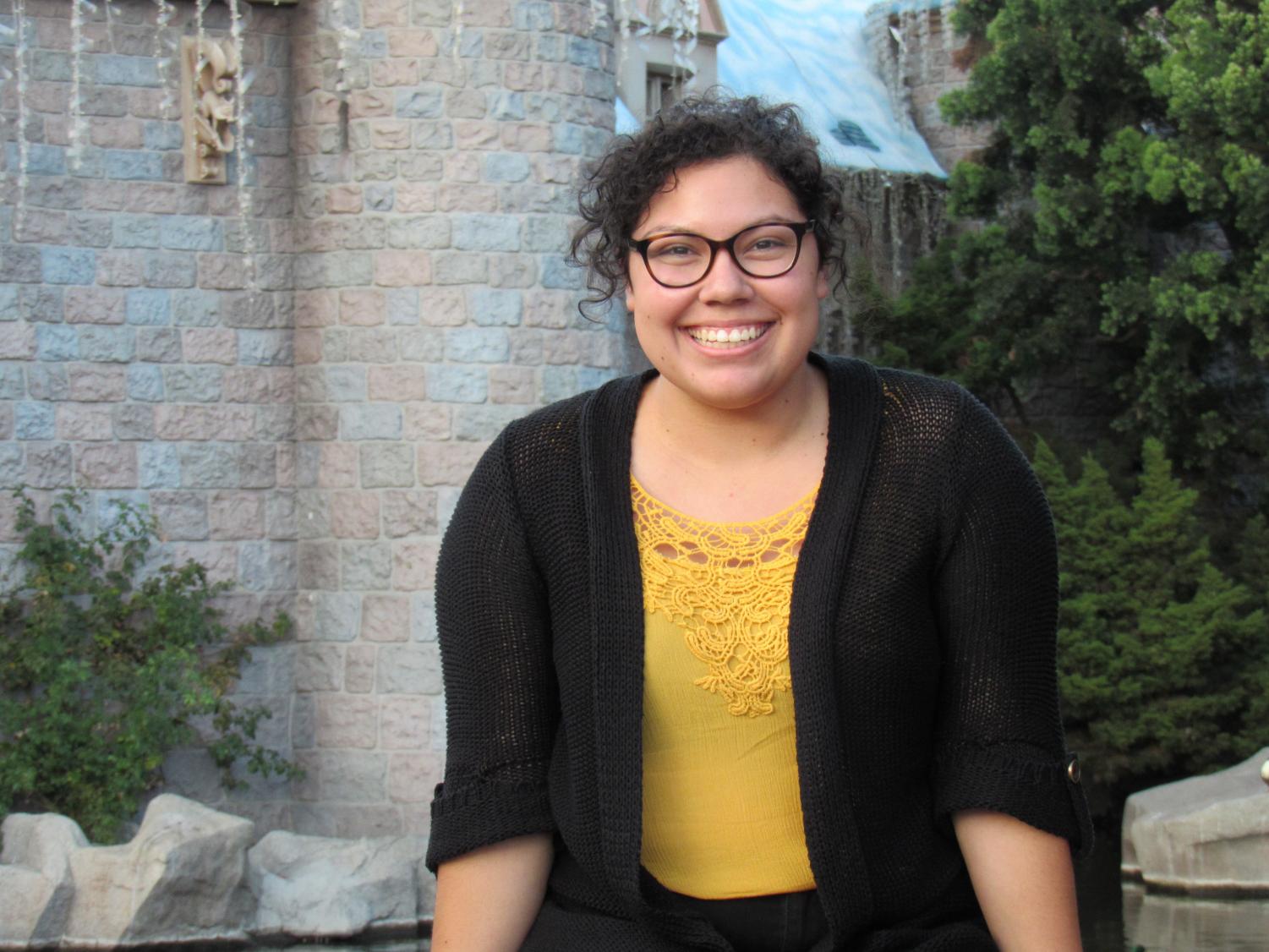Written by Eliza Lee
I am in my room jamming out to some tunes and immediately, my phone, watch and computer screens alike, receive a flurry of notifications, all competing for my attention. In the span of a minute I am invaded with a surge of information; Emails, news alerts, social media notifications, texts and Canvas messages litter my home screen. As I glance at each one of these bits of communication, my ears pick up more incoming sounds and more notifications pop on my screen, continuously taking my attention off of my previous task. How do I navigate this endless flurry of distractions? Let’s find out.
Our attention is our greatest commodity, and how we interact with the different attention-seeking technologies out there is vital for our success in media literacy.
It’s no secret that the Internet and all the media that lies within it, is ever-present and has invaded our lives. The question for us as media consumers and producers is how we can equip ourselves with the right tools to defend ourselves against the media giants that have taken over our lives.
Kids today are spending ever-increasing quantities of time on their phones. According to a study conducted by the Kaiser Family Foundation, children from ages eight to 18 spend an average of seven hours and 38 minutes on their phone per day. This does not even account for the “media multitasking,” that kids squeeze into those seven and a half hours. If one were to add up all the actual time kids spend spend on various media outlets, it would be ten hours and 45 minutes, the study asserts. Think about that. Kids today spend almost half of their days behind a screen. With this sheer quantity of screen time, it is vital for kids to understand how to use their technologies well, which is exactly what media literacy is about.
Media literacy, as defined by the 1992 Aspen Media Literacy Leadership Institute study, is “the ability to access, analyze, evaluate and create media in a variety of forms.” But here’s the thing, because of the rapid progression of technology, literacy, in the 21st century, is media literacy. In fact, the Center for Media Literacy defines media literacy as, “a 21st century approach to education.” Elaborating further, they describe media literacy as building “an understanding of the role of media in society as well as essential skills of inquiry and self-expression necessary for citizens of a democracy.” Because of the pervasive role media plays in society, media literacy is simply the method in which the media consumer and producer analyze and evaluate the media input they come into contact within their daily life.

In today’s media-saturated world, the Internet has monopolized every aspect of our society, comprising all previous forms of media into one digital conglomerate of various networks. One by one, digital mediums throughout history replaced certain bodily tasks, and today, the Internet has combined all those forms of media into one giant system of networks. For example, the typewriter replaced writing, the computer replaced the typewriter, and now, with the invention of the Internet, the Apple product has replaced them all. The digital world is the world society lives in, so people may as well figure out how to use it before it uses us.
And when technology uses us, negative ramifications will ensue, particularly related to one’s health, both mental and physical. Media Literacy Now reports that people who are media illiterate may have health problems such as “obesity, bullying and aggression, low self-esteem, depression, negative body image, risky sexual behavior, and substance abuse, among other problems.” One way these can be successfully avoided is through being aware of the messages being sent behind the screens through media.
The importance of media literacy in the everyday lives of kids is vital, and the gateway to achieving that literacy is education.
Schools across the globe have embraced this call to take media literacy seriously. Canada, for instance, enacted a mandate years ago that pushes teachers to educate their students about the values and tenets of media literacy. The Ontario Ministry of Education affirms, “it is education that aims to increase the students’ understanding and enjoyment of how the-media work, how they produce meaning, how they are organized, and how they construct reality.” Media does not work neutrally; it functions so its consumers feel the significance of its products and create a change in their lives. Acute understanding of this media tactic is crucial to media literacy.
But it is not just Canadian teachers who are embracing this call; media literacy is breaking through in America. Michael Danielson, a yearbook and theology teacher at a Seattle Catholic preparatory high school, is embracing this call in his classrooms as well. Danielson encourages his students to uncover the strategies media will use to distract them in what he calls, “media literacy moments.” Regarding the effect this education has had on his students, he said, “It changed their life.” Being equipped in a media saturated world is not just being equipped with tools, but it’s an entire reframing of how one views media, which then changes how one lives their life.
Professors at Biola are aware of this as well and this translates into their classrooms. Dr. Joy Qualls, Communications professor chair of the department at Biola University, views technology as “a communications aide” not the dominant force behind how her classroom operates, but as a tool that assists her in her classes. Dr. Qualls does not necessarily adhere to any one side regarding the use of technology in her classroom. She has students submit both digital and physical copies of their work, uses powerpoints to aide her class lectures and gives the students a choice on how they take notes. She herself doesn’t view technology as inherently good or inherently bad but as a mere tool used in her classes.
While media literacy is important to teach in the classroom, that is not enough. Media literacy extends beyond the classroom into people’s daily lives, outside the educational realm. In addition to teaching media literacy in the classroom, Michael Danielson also serves as the chair for Action 4 Media Education, a Washington state-based group which strives to equip young people with tools to engage media appropriately. Other organizations in the health sphere, also promote media literacy. Both the American Academy of Pediatrics and American Psychological Association recommend that schools train their students in media literacy.

Strides are being made in the field of media literacy in bureaucracy as well. In 2016 Washington state passed a bill allowing an advisory council to study media literacy and make recommendations to the legislature based on its research. Because of that council’s research, legislators passed a bill in 2017 requiring the superintendent of each school to canvass educators and district officials about the state of media literacy in schools across Washington. The people are speaking, the government is responding. Today lawmakers are considering a bill that would provide grants for educators to create curriculum for media literacy and to allocate money for the state Department of Education to hold two conferences on the subject. Strides continue to be made today. Right now, there are 15 media literacy bills on the table in 12 states.
Because of the pervasive nature of media in society, it is no longer a question of whether students are influenced by media or not, but how they choose to react to media’s influence on their lives.
A Stanford study in 2015 and 2016 of K-12 students across 12 states revealed that students have difficulty analyzing and evaluating information online. The experiment assessed students’ ability to analyze information online, specifically focusing on information from the news, however included other forms of communication as well. The researchers wrote that they were “taken aback by [all the] students’ lack of preparation.” They were particularly shocked by one assessment of 203 middle schoolers in which tested whether students could tell the difference between ads and news stories on the homepage of Slate. Over 80 percent of the students thought an ad, despite the notifier “Sponsored Content,” was an actual news story. It is not just young people who struggle with media literacy, but old as well. In 2016, researchers published a study in Science Advances revealing that people aged 65 and over were more likely to spread fake news online, and a later study in 2018 by the Pew Research Center revealed that younger people are more adept to discerning fact from opinion than older. Of course, none of this information should be taken to prove superiority for any age group. The point is this: All people, young and old, are influenced by the Internet and are in need of training in media engagement.
Students at Biola are no different. When asked to name the dangers brought on by technology, senior communications major Taylor Mendes responded, “Distractions.” Mendes, who uses her computer to take notes in class, said, “I’ll be in class, and I get distracted by something away from the lecture.” It is on these days that she says, “I can’t remember anything or process anything that I learned because I was too busy looking at something on Facebook or something.” This is the effect technology has over all over our lives. It lures us in with its glow, promising immediate satisfaction, and before we know it we have become consumed with what is on our screens.





